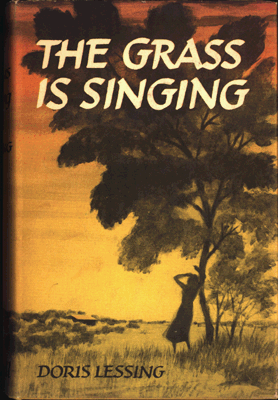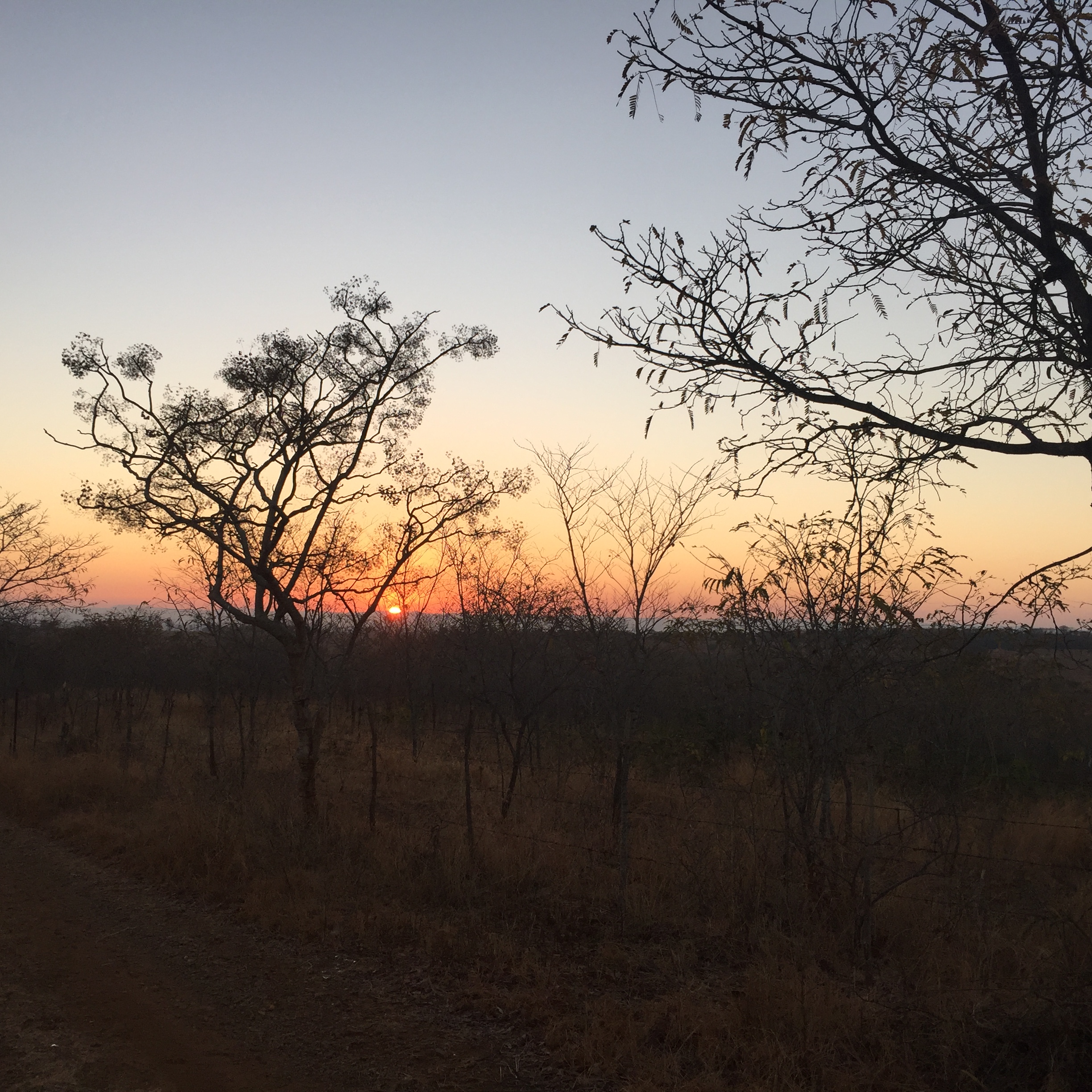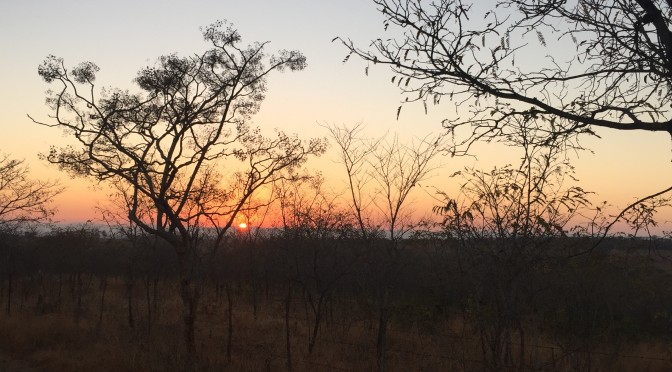by Lara Feigel, Reader in Modern Literature
My research over the last few years has taken me to some unlikely places. You wouldn’t expect to find the papers of the very British novelist Rebecca West in Tulsa, Oklahoma, or the wartime diaries and letters of Elizabeth Bowen and Graham Greene in Austin, Texas. It’s odd spending a day in London in the Blitz and then emerging out of the air-conditioned archive into the Texan heat. One evening I even found myself being taught to two-step by a cowboy alongside a couple of other British academics.
But the most adventurous research trip I’ve been on was to Zimbabwe, where I went in August on the trail of Doris Lessing. Lessing grew up in Southern Rhodesia, as it then was, on a farm in the bush. She then moved at the age of eighteen (in 1937) to the capital city of Salisbury (now Harare) where in the space of the next decade she married twice, had three children, devoted herself to communism and wrote the novel that would make her name.

My books seem to be becoming increasingly personal. I still tell students that it’s the text that counts and that it’s important not to use the biography as a kind of code-breaker, enabling us to work out the intention or ‘true’ meaning of the text. But I’ve abandoned my early conviction that the life is irrelevant to the work, and have started to think that often it’s the intersection between the two (the way that the work is shaped by the life and, perhaps more interestingly, the way that the life is shaped by the work) that I have most to say about. With Lessing, though, I’ve decided to take the risky step of making it autobiographical as well as biographical, bringing myself into the narrative.
How is a writer’s life shaped by her work?
Why would I do this? I’m not always sure if it’s a good idea. But there’s something about the questions I’m asking here – about why she abandoned her first two children, about what freedom, motherhood, sex, love, communism, writing meant for her – that made me want to make my workings explicit, showing who I am in thinking about her, and what assumptions I’m bringing to the investigation. I haven’t always been convinced that I’m doing the right thing, but in Zimbabwe I was sure that I was, because it was such an amazing trip, and in an ordinary book I wouldn’t have been able to write about it.
I saw the nursing home where she gave birth to her three children, which still had the same cast iron beds that she’d lain on feeding her babies. I saw the parks where she went mad with boredom, pushing her pram up and down, waiting for her real life to begin. I saw the flat where she wrote The Grass is Singing, resolutely screening off all distractions and claiming her days for herself.
And then it was time to go to the bush.

Lessing wrote about her childhood home in at least 10 books. Each time, there were descriptions of the mountains she could see in the distance – four different ranges on different sides of the house. There were descriptions of the extraordinary sunsets and sunrises over the empty veld, and of the millions of stars she could see at night.
In London, Lessing missed the African sky and the African sun. It mattered to me to find the exact spot where she’d seen all this; the particular views that she thought had made her a writer.
And I did find it. I had a lot of false starts, where we took the wrong bend and found ourselves in the wrong patch of bush. It was all too flat to believe we’d find the hill I’d read about so many times. But then my guide asked around and we found someone who recognised the name of her farm, Kermanshaw, named after the Persian town where her parents had begun their married life. Now it’s called Kimansah, but that was enough to send us on our way, and suddenly I was on a hill, looking at the four mountain ranges from exactly the angle that she described them. That was what I’d hoped for. But it was even better, because the family now living there invited me to stay the night, so I saw the sun set and rise, and saw the stars that she’d miss for the rest of her life.
Now I have to find a way to write about it. I don’t know what the people who read the book will think of all this. I dread to think what mark I’d give it if it landed on my desk as a student dissertation. But the pleasure of being an academic in an English department today is that there is endless scope to find new ways of writing about books; that the journey you begin as a student takes you to places you could never have expected or imagined.

Lara Feigel is co-director of the Centre for Modern Literature and Culture and runs the Ivan Juritz Prize, which celebrates creative experiment in all art forms.
The Ivan Juritz Prize is open for submissions now until Friday 31 March 2017. The Prize was established in 2014 to celebrate the creative explosion of the modernist era and reward art that seeks to ‘make it new’. Postgraduate students throughout Europe either from traditional academic disciplines or from creative courses are invited to submit texts, films, musical compositions, virtual documentation of artwork, excerpts of moving image work and proposals for installation and performance. Entrants are encouraged to play with form to make the judges think, feel and question.
The prize is a collaboration between the Centre for Modern Literature and Culture at King’s College London and Cove Park, Scotland’s International Artist Residency Centre. Winners receive £1,000 and spend the first two weeks of September at Cove Park, engaging in a residency and showcase. All shortlisted works are given a public performance at the prize-giving and are written up in the journal Textual Practice.
You might also enjoy “An open drafting process of ‘Capoeira Boy’” by Ruth Padel.

